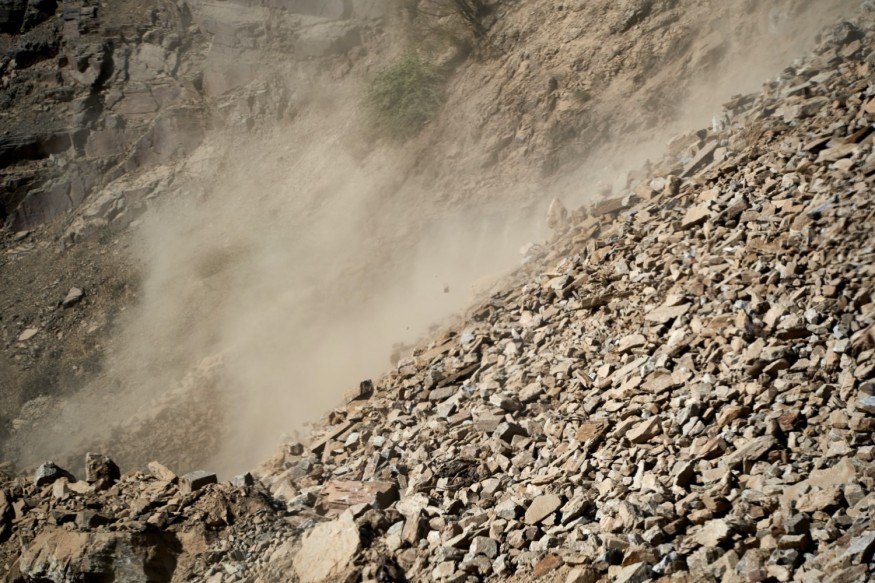According to a NASA research, landslides are unexpectedly impacted by climatic extremes.
Extremely dry periods broken by storms that dump a lot of rain or snow in a short period of time are becoming increasingly common due to climate change.

While wetter and drier episodes may have some predictable consequences, such as on lake and river levels, a recent study focusing on California showed that they can also have unexpected effects on slow-moving landslides.
Read also: Global Weirding: Humans Have Drastically Altered the Climate to the Point of Bringing Chaos
Surprising Study

The researchers anticipated that when subjected to significant precipitation and drought conditions, slow-moving landslides in rain-soaked Northern California would behave differently than those in bone-dry Southern California.
However, it wasn't the case.
According to the study's authors, landslides in California's wetter and drier regions exhibited a comparable sensitivity to precipitation extremes, sliding downhill on average more quickly and extensively during wetter times than during dry years, according to TerraDaily.
Landslides are caused by water, and understanding how they respond to excessive rainfall or drought might help experts forecast how they will behave in the future and whether any may collapse or fail catastrophically.
The overarching objective is to create a network of monitoring by creating a statewide inventory of landslide activity.
Slow-moving landslides may not immediately endanger people or infrastructure, but over time they can harm objects like buildings and roads.
And in extreme cases, they can collapse instantly, as happened in 2017 with the Mud Creek landslide at Big Sur.
Understanding Landslides

Alexander Handwerger, a landslide expert at NASA's Jet Propulsion Laboratory in Southern California and the research's primary author, said, "I assumed the results would be pretty different between Northern and Southern California."
The study was published in Geophysical Research Letters.
He wasn't sure what he would find when he looked at drier sections of the state because his previous study had primarily examined landslides in Northern California.
The researchers knew that slow-moving landslides in the state's wetter regions remained quite saturated all year.
They were surprised to see that during rainy periods compared to dry ones, previously saturated landslides and their drier counterparts accelerated and advanced further downhill.
Understanding why landslides respond to rainfall or drought the way they do might aid academics in foreseeing future occurrences like the Mud Creek landslide.
It did so during an extremely rainy year for California when other landslides of a similar nature did not.
Handwerger stated, "We're attempting to figure out why this happens."
Putting the Study to Use
A monitoring network that sends notifications to local and state officials and academics might be able to keep a watch on a landslide or group of landslides that started acting differently with a better knowledge of landslide behavior.
It may also impact planning for infrastructure and development, as well as creating a warning system for areas at risk from a landslide.
Related Article : Novel Technology May Help Combat Climate Crisis
For similar news, don't forget to follow Nature World News!
© 2025 NatureWorldNews.com All rights reserved. Do not reproduce without permission.





